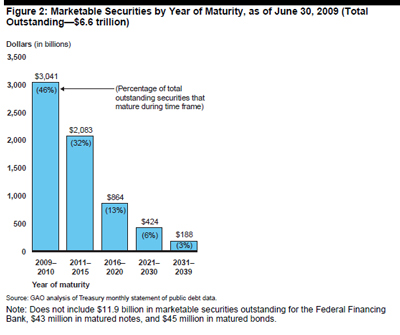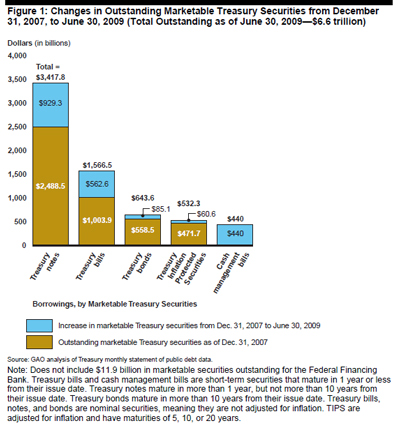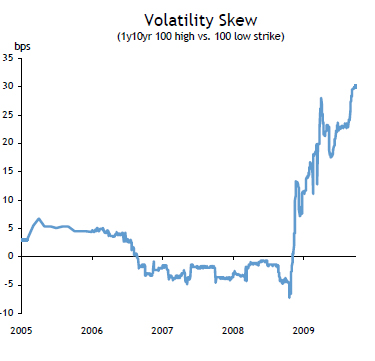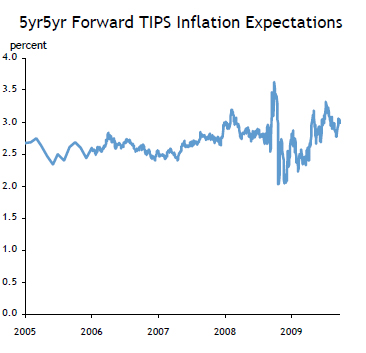Sun Life has announced:
that Sun Life Capital Trust II, a trust established by Sun Life Assurance Company of Canada (“SLA”), will issue in Canada $500 million principal amount of Sun Life ExchangEable Capital Securities Series 2009-1 due December 31, 2108 (“SLEECS Series 2009-1”) under a final prospectus that it intends to file with the Canadian securities regulators as soon as possible. The SLEECS Series 2009-1 are expected to qualify as regulatory capital of SLA. The net proceeds of the issue will be used by SLA for general corporate purposes, including investments in subsidiaries.
Interest on the SLEECS Series 2009-1 will be payable semi-annually. The interest rate on the SLEECS Series 2009-1 from the date of issue to but excluding December 31, 2019 will be 5.863% per annum. On that date and thereafter on each fifth anniversary of that date, the interest rate on the SLEECS Series 2009-1 for the ensuing five years will be reset at a rate equal to 3.40% above the then-yield on a Government of Canada bond having a term to maturity of five years.
As described further in the prospectus, the SLEECS Series 2009-1 may in certain circumstances be automatically exchanged for a series of SLA preferred shares, and in certain other circumstances a series of SLA preferred shares may be issued in lieu of interest payable on the SLEECS Series 2009-1.
On or after December 31, 2014, subject to certain conditions, the SLEECS Series 2009-1 may be redeemed in whole or in part at the option of Sun Life Capital Trust II.
The issue of SLEECS Series 2009-1 is underwritten by a syndicate co-led by Scotia Capital Inc. and RBC Dominion Securities Inc., and is expected to close on November 20, 2009.
Note that these are issued at the level of SLA, the OpCo, which is intrinsically a better credit than SLF (the holdco), and in times of trouble they will convert to SLA prefs. DBRS rates existing SLEECS at A(high), the same as SLF sub-debt.
The following is from the preliminary prospectus:
From the Closing Date to but excluding •, 2019, the interest rate on the SLEECS will be fixed at •% per annum. Assuming the SLEECS are issued on •, 2009, the first interest payment due on the SLEECS on •, 2009 will be $• per $1,000 principal amount of SLEECS. Each interest payment on the SLEECS after the first interest payment (subject to the reset of the interest rate from and after •, 2019) will be in the amount of $• per $1,000 principal amount of SLEECS. Starting on •, 2019, and on every 5th anniversary of such date thereafter until •, 2104 (each such date, an “Interest Reset Date”), the interest rate on the SLEECS will be reset at an interest rate per annum equal to the Government of Canada Yield plus •%. The SLEECS will mature on •, 2108
On or after •, 2014, the Trust may, at its option, with the prior approval of the Superintendent, on giving not more than 60 nor less than 30 days’ notice to the holders of the SLEECS, redeem the SLEECS, in whole or in part. The redemption price per $1,000 principal amount of SLEECS redeemed on any day that is not an Interest Reset Date will be equal to the greater of par and the Canada Yield Price, and the redemption price per $1,000 principal amount of SLEECS redeemed on any Interest Reset Date will be par, together in either case with accrued and unpaid interest to but excluding the date fixed for redemption, subject to any applicable withholding tax. The redemption price payable by the Trust will be paid in cash. See “Description of the Trust Securities — SLEECS—Trust Redemption Right”.
Interest Reset Date means •, 2019, and every fifth anniversary of such date thereafter until •, 2104, on which dates the interest rate on the SLEECS and the SLA Debenture will be reset as described in this prospectus.
In bad times, the SLEECS convert to SLA preferred shares paying 30-Year Canadas + •
The SLF sub-debt, 5.4 of pretend-2037, are quoted by Perimeter to yield 6.24% (which will almost certainly assume a call at par in 2037, but I haven’t checked that), while the ENB 7.22 of 2030 are quoted at 5.73. … so the SLEECS seem kind of expensive to me. However, they will be quoted, traded and indexed as pretend-ten-years, and if anything goes wrong, who cares?



